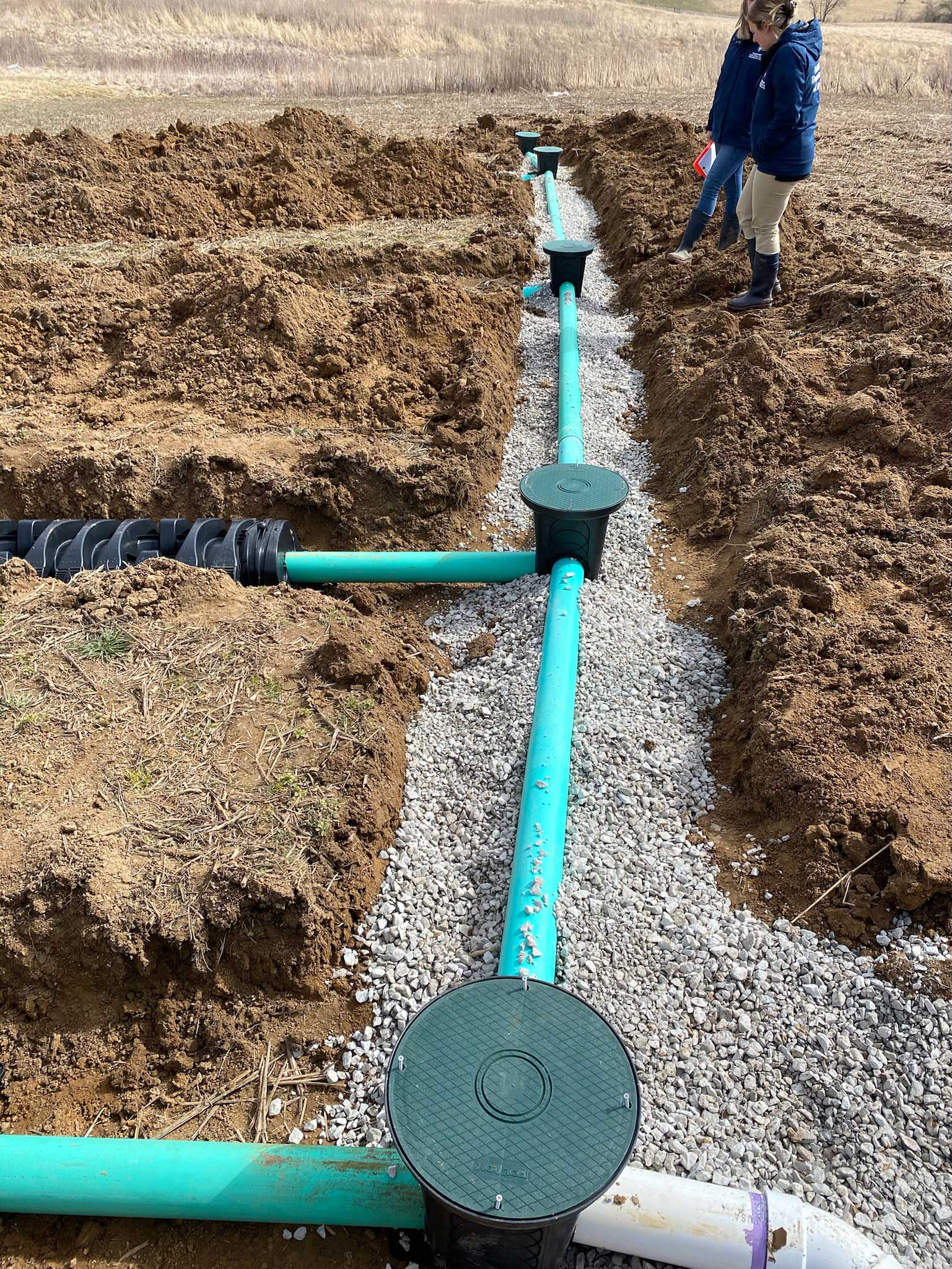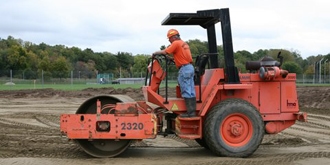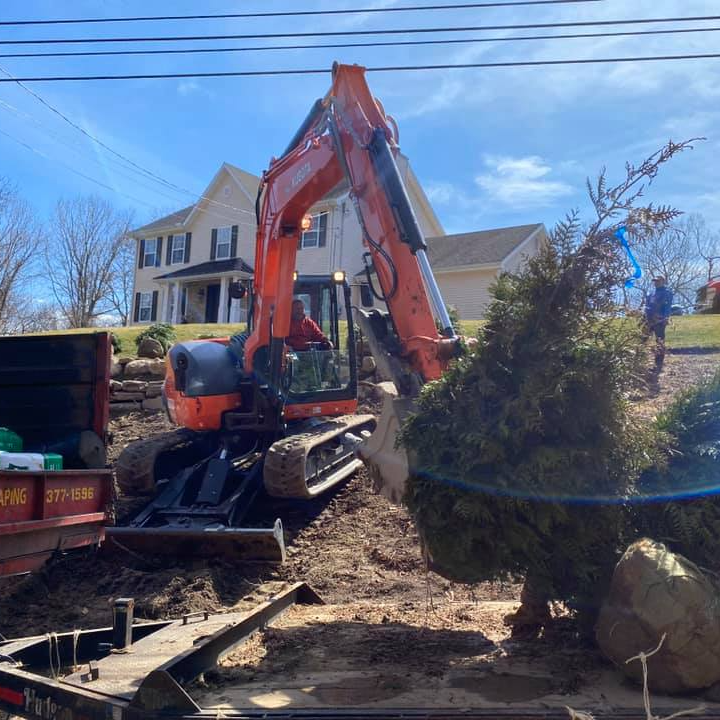Comprehensive Excavation Approaches: Grasping the Fundamentals for Success
The cautious planning, accurate implementation, and precise attention to information called for in excavation tasks require a thorough technique that includes various fundamental elements. The real proficiency lies not just in recognizing these principles however in perfectly integrating them to navigate the complexities of excavation tasks with skill.
Understanding Excavation Task Preparation

The preliminary stage of any excavation project is the planning phase, where vital choices are made that can dramatically influence the end result of the job. Understanding the project scope, timeline, and budget constraints is important for producing an extensive excavation strategy that guarantees the job's success.
One trick element of excavation job planning is the growth of a comprehensive timeline that lays out the sequence of turning points, target dates, and activities. By very carefully taking into consideration all these elements throughout the preparation phase, excavation projects can be carried out efficiently and efficiently, leading to effective end results - septic ohio.
Dirt Analysis and Site Examination
Performing comprehensive soil evaluation and website evaluation is an important action in the prep work stage of any excavation task. Soil evaluation entails determining the structure, framework, and residential or commercial properties of the soil at the excavation site. This info is critical for understanding the soil's bearing capacity, moisture material, and potential for disintegration, which are vital aspects in figuring out the excavation approaches and equipment needed for the job.
Site examination surpasses dirt evaluation and incorporates a more comprehensive evaluation of the general site conditions. This assessment includes identifying any possible dangers, such as below ground utilities, environmental concerns, or unpredictable terrain, that could impact the excavation procedure. By extensively examining the site, job managers can establish efficient excavation techniques that prioritize security, efficiency, and environmental management.
Using advanced modern technologies like ground-penetrating radar, dirt sampling, and drone surveys can boost the accuracy and efficiency of soil evaluation and site evaluation. Spending time and resources in these preliminary actions can ultimately conserve time and prevent pricey hold-ups or issues during the excavation procedure.
Equipment Choice and Use
Efficient excavation tasks depend greatly on calculated devices option and use to ensure ideal performance and productivity. Selecting the ideal equipment for the task is important in optimizing effectiveness and reducing downtime. Factors such as the type of dirt, depth of excavation, and task extent play a considerable duty in figuring out one of the most suitable devices for the job at hand.

Along with selecting the appropriate tools, appropriate utilization is key to task success. Operators has to be educated to take care of the devices securely and effectively - lancaster excavation. Regular upkeep checks and prompt repair work assist stop malfunctions and septic ohio make sure constant performance throughout the job
Precaution and Rules Compliance
In the realm of excavation jobs, prioritizing safety and security actions and compliance with regulations is critical to guaranteeing a legally audio and safe operational environment. Safety and security procedures encompass a variety of practices, consisting of carrying out complete site analyses, implementing proper signs and barriers, and supplying appropriate security training for all workers involved in the excavation procedure. Adherence to regulations, such as OSHA demands in the United States, guarantees that the excavation project fulfills the required criteria to protect employees, spectators, and the surrounding setting.

Surveillance Development and Adjusting Methods
How can forecast supervisors efficiently track the advancement of excavation jobs and adjust their techniques as necessary to optimize outcomes? Tracking progression is necessary for ensuring that excavation jobs remain on track and fulfill deadlines.

Conclusion
To conclude, grasping the fundamentals of thorough excavation techniques is essential for the success of any kind of project. By understanding task planning, assessing soil and website conditions, picking ideal devices, abiding by safety regulations, and monitoring development, task managers can make certain a reliable and smooth excavation process. Carrying out these techniques will certainly lead to successful end results and minimize prospective dangers or setbacks throughout the excavation task.
The initial stage of any kind of excavation task is the planning stage, where critical decisions are made that can substantially influence the outcome of the project. Recognizing the task timeline, budget, and range restraints is important for developing a thorough excavation plan that guarantees the job's success.
Exactly how can project supervisors properly track the advancement of excavation projects and adapt their techniques as necessary to optimize outcomes? By closely keeping an eye on development and being ready to adjust techniques, job supervisors can improve the general success of excavation jobs.
By comprehending job preparation, assessing dirt and website problems, choosing proper devices, complying with safety and security regulations, and keeping track of progress, project supervisors can make sure a reliable and smooth excavation process.